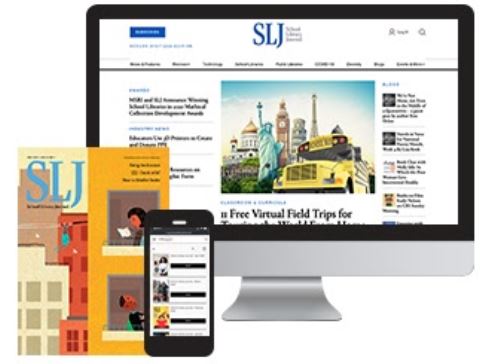2018 School Spending Survey Report
A Wrinkle in Time: The Graphic Novel
adapted by Hope Larson. illus. by adapter. 392p. CIP. Farrar/Margaret Ferguson. 2012. Tr $19.99. ISBN 978-0-374-38615-3. LC 2010044120.
COPY ISBN
Hope Larson’s vividly imagined interpretation of Madeleine L’Engle’s classic comes just in time for the fiftieth anniversary of the original’s publication. The faithful adaptation of the text and accessible graphic-novel format combine for a substantial and satisfying literary experience. Larson’s stylized black, white, and blue illustrations work well with the story. For example, her drawings show Aunt Beast to be intimidatingly large, yet also soft and gentle. Readers will understand Meg’s initial fear at being taken away by this creature, as well as how she ultimately comes to trust her. This engaging visualization is an ideal entry point into L’Engle’s work, and into fantasy novels generally, for those who previously may not have been fans of the genre.
ALREADY A SUBSCRIBER? LOG IN
We are currently offering this content for free. Sign up now to activate your personal profile, where you can save articles for future viewing





Be the first reader to comment.
Comment Policy:
Comment should not be empty !!!